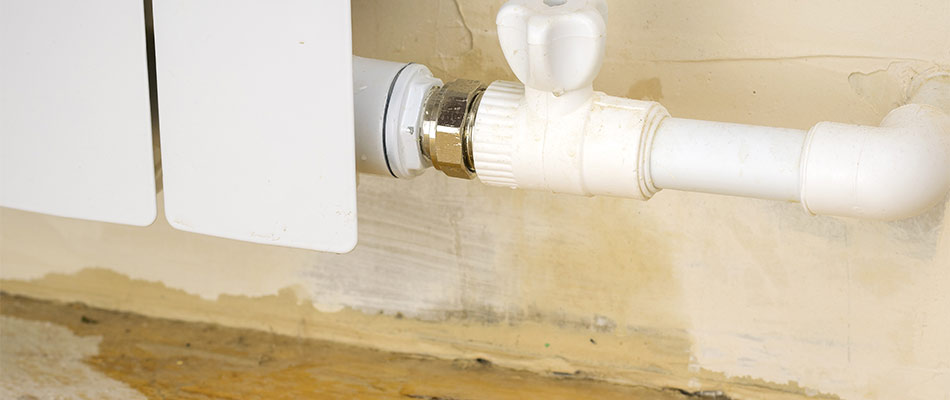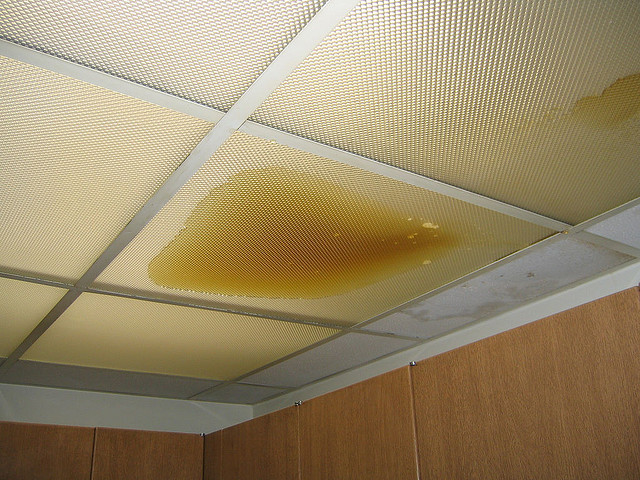6 Ways to Locate Hidden Water Leaks in Your Home
6 Ways to Locate Hidden Water Leaks in Your Home
Blog Article
The publisher is making a number of great observations related to Locating water leaks in general in the content on the next paragraphs.

Early discovery of leaking water lines can alleviate a potential catastrophe. Some little water leakages may not be visible.
1. Examine the Water Meter
Inspecting it is a guaranteed method that helps you find leakages. If it moves, that suggests a fast-moving leak. This suggests you may have a slow-moving leakage that could even be below ground.
2. Examine Water Intake
Examine your water costs as well as track your water usage. As the one paying it, you ought to notice if there are any type of inconsistencies. If you detect sudden changes, despite your consumption being the same, it means that you have leakages in your plumbing system. Keep in mind, your water expense should fall under the same range on a monthly basis. An unexpected spike in your bill shows a fast-moving leak.
A consistent increase every month, also with the very same habits, reveals you have a slow leakage that's likewise gradually escalating. Call a plumber to completely inspect your property, especially if you really feel a warm area on your floor with piping underneath.
3. Do a Food Coloring Test
When it concerns water consumption, 30% comes from bathrooms. Examination to see if they are running appropriately. Decrease specks of food color in the container and wait 10 minutes. If the color in some way infiltrates your dish during that time without flushing, there's a leak between the storage tank and bowl.
4. Asses Exterior Lines
Don't forget to check your outdoor water lines as well. Examination faucets by affixing a yard pipe. Needs to water seep out of the link, you have a loosened rubber gasket. Change this as well as ensure all links are tight. If you've obtained a lawn sprinkler, it will aid get it professionally examined as well as preserved each year. One tiny leak can waste lots of water as well as surge your water expense.
5. Check and Examine the Situation
House owners should make it a habit to inspect under the sink counters and also inside cupboards for any kind of bad odor or mold growth. These two red flags suggest a leak so punctual interest is called for. Doing regular inspections, also bi-annually, can save you from a significant problem.
Examine for stainings as well as weakening as many appliances as well as pipelines have a life expectancy. If you suspect leaking water lines in your plumbing system, do not wait for it to rise.
Early discovery of dripping water lines can reduce a prospective disaster. Some little water leakages might not be visible. Checking it is a proven means that helps you find leaks. One small leak can squander bunches of water as well as increase your water costs.
If you think dripping water lines in your plumbing system, don't wait for it to intensify.
WARNING SIGNS OF WATER LEAKAGE BEHIND THE WALL
PERSISTENT MUSTY ODORS
As water slowly drips from a leaky pipe inside the wall, flooring and sheetrock stay damp and develop an odor similar to wet cardboard. It generates a musty smell that can help you find hidden leaks.
MOLD IN UNUSUAL AREAS
Mold usually grows in wet areas like kitchens, baths and laundry rooms. If you spot the stuff on walls or baseboards in other rooms of the house, it’s a good indicator of undetected water leaks.
STAINS THAT GROW
When mold thrives around a leaky pipe, it sometimes takes hold on the inside surface of the affected wall. A growing stain on otherwise clean sheetrock is often your sign of a hidden plumbing problem.
PEELING OR BUBBLING WALLPAPER / PAINT
This clue is easy to miss in rooms that don’t get much use. When you see wallpaper separating along seams or paint bubbling or flaking off the wall, blame sheetrock that stays wet because of an undetected leak.
BUCKLED CEILINGS AND STAINED FLOORS
If ceilings or floors in bathrooms, kitchens or laundry areas develop structural problems, don’t rule out constant damp inside the walls. Wet sheetrock can affect adjacent framing, flooring and ceilings.
https://www.servicemasterbyzaba.com/blog/how-to-detect-water-leakage-in-walls/

Do you enjoy more info about Leaking water lines? Try to leave a remark down below. We'd be glad to see your suggestions about this blog entry. We hope to see you back again later on. Liked our blog entry? Please share it. Help someone else discover it. I value reading our article about Detecting hidden plumbing leaks.
Report this page